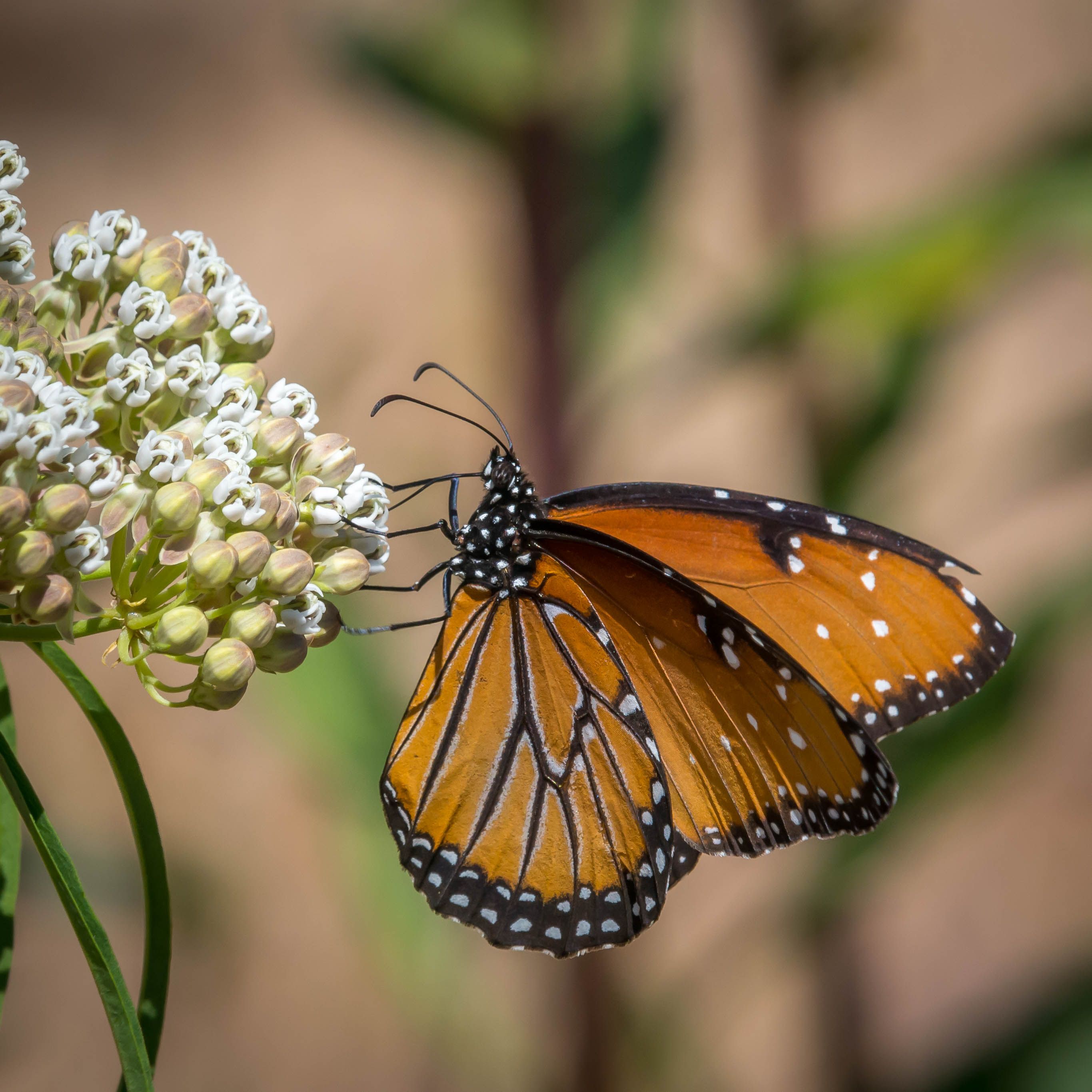
Endangered Species Day is fast-approaching, and we’re taking time out to recognize the vital protections the 1973 Endangered Species Act (ESA) provides to our precious wildlife.
Many of our local birds have benefitted from the ESA, which has played a pivotal role in preventing extinctions and reviving species once thought to be lost.
Today, we turn our attention to one of the most vulnerable shorebirds on the West Coast: the Western Snowy Plover. Listed as threatened under the ESA, the Western Snowy Plover continues to rely heavily on the legal safeguards and habitat protections the Act ensures. Without them, this tiny bird’s survival would be even more precarious.
Meet the Western Snowy Plover
Only six inches long, this pale, sand-colored bird blends seamlessly into its beach surroundings. It favors the flat, open shorelines and dune ecosystems of the Pacific Coast, nesting directly on sandy beaches and in the protected zones of lagoons, bays, and river mouths. In San Diego County, you can often spot them at San Elijo Lagoon, Silver Strand State Beach, and near the Tijuana River National Estuarine Research Reserve.
Warmer ocean waters and non-native beach grasses jeopardize the survival of the Western Snowy Plover, but the primary culprit may be your own two feet, or your own four feet (if you’re reading this to your dog). Nesting season for the Western Snowy Plover corresponds with the height of summer when humans are enjoying the beach, putting these already delicate birds under further stress.
Plovers lay their eggs in shallow depressions with loose sand and little cover. As a result, eggs are naturally threatened by high tides and weather, but it's the impact of humans on the beach - walking, running, playing sports, and letting their dogs run off leash - that does the most damage. Like many birds, adult plovers will abandon their nests for lengthy periods if they perceive disturbances as making the area unsafe.
Why the Endangered Species Act still matters - And how you can help!
Despite conservation gains, the Western Snowy Plover’s population remains fragile. Presently, fewer than 2,000 breeding plovers remain in the Pacific coast population. The ESA ensures that key nesting habitats are monitored and protected and that agencies must consider the species’ needs before undertaking development or beach modification projects.
However, the current administration is proposing to redefine harm under the Endangered Species Act, and that may severely limit habitat protections for species across the nation, including here in San Diego. We encourage you to make your voice heard and advocate to maintain the current definition of harm, thus maintaining the vital protections afforded by the ESA. Click HERE to weigh in. The public comment period closes Monday, May 19, 2025.
What else you can do:
- Know a friend that should be a Bark Ranger: During nesting season, even well-meaning off-leash dogs can scare adult plovers away from their nests, leaving eggs vulnerable to the elements and predators. Participating in our Bark Ranger program is a fun and actionable way for dog owners to help protect sensitive wildlife like the Western Snowy Plover. Come visit us at our table at the San Diego River Mouth at Dog Beach in Ocean Beach every Sunday from 12 PM to 2 PM to take the Bark Rangers pledge and get a free bandana for your furry friend!
- Respect fences and signs: San Diego Bird Alliance works with local students to raise awareness through hand-made signage posted at beaches like Silver Strand. These creative, informative signs help beachgoers recognize nesting areas and understand how small actions - like keeping dogs leashed or picking up trash - make a big difference. They also help indicate what areas are open to the public and which ones are just for wildlife.
This nesting season, let’s all take a few simple steps - respect fences and signs, stay out of marked nesting zones, and keep dogs leashed. Thanks to the Endangered Species Act and the care of concerned citizens like you, this little shorebird still has a fighting chance.

